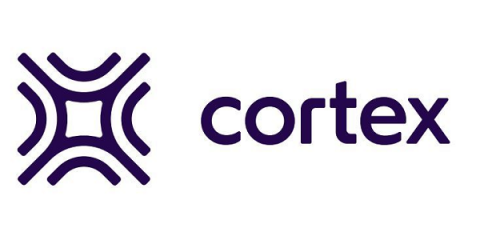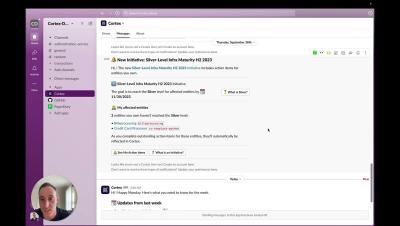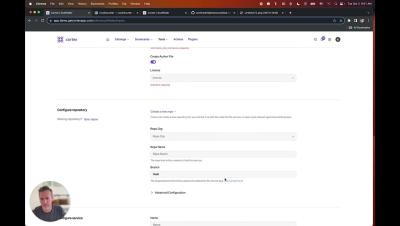Webinar: Shining a light on developer productivity
In the last 5 years, we’ve watched the world's fastest growing engineering teams ditch development monoliths in favor of service-oriented architectures that speed time to market. And as microservices multiplied—making it harder to track ownership and quality—Internal Developer Portals (IDPs) emerged to help. But while the prospect of a single portal for developer productivity sounds enticing, veteran leaders know the perception of “one more tool” can make org-wide adoption challenging.







